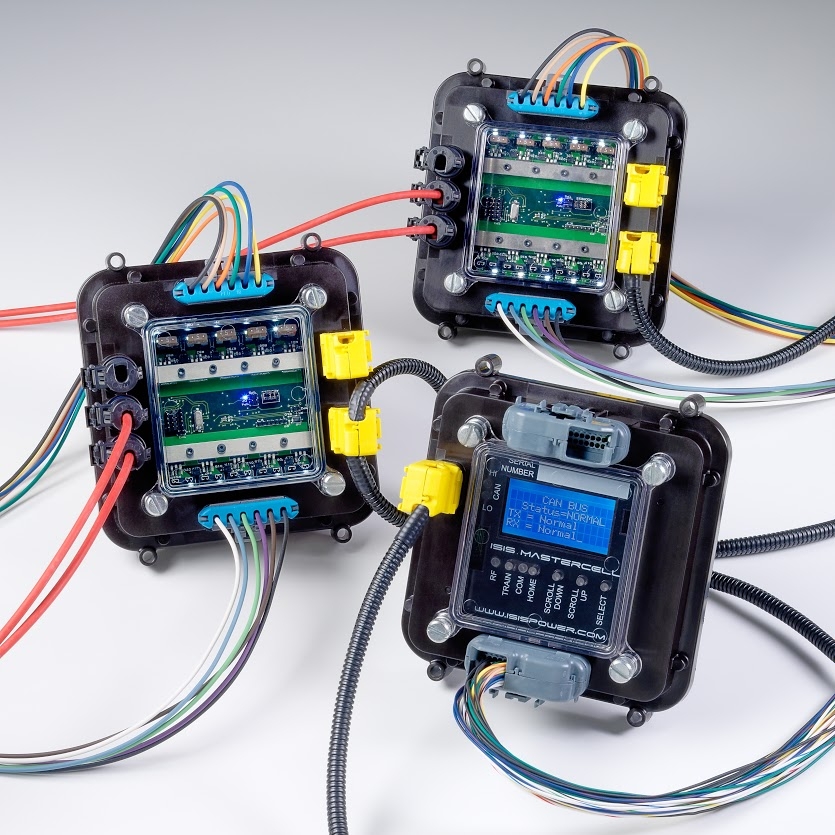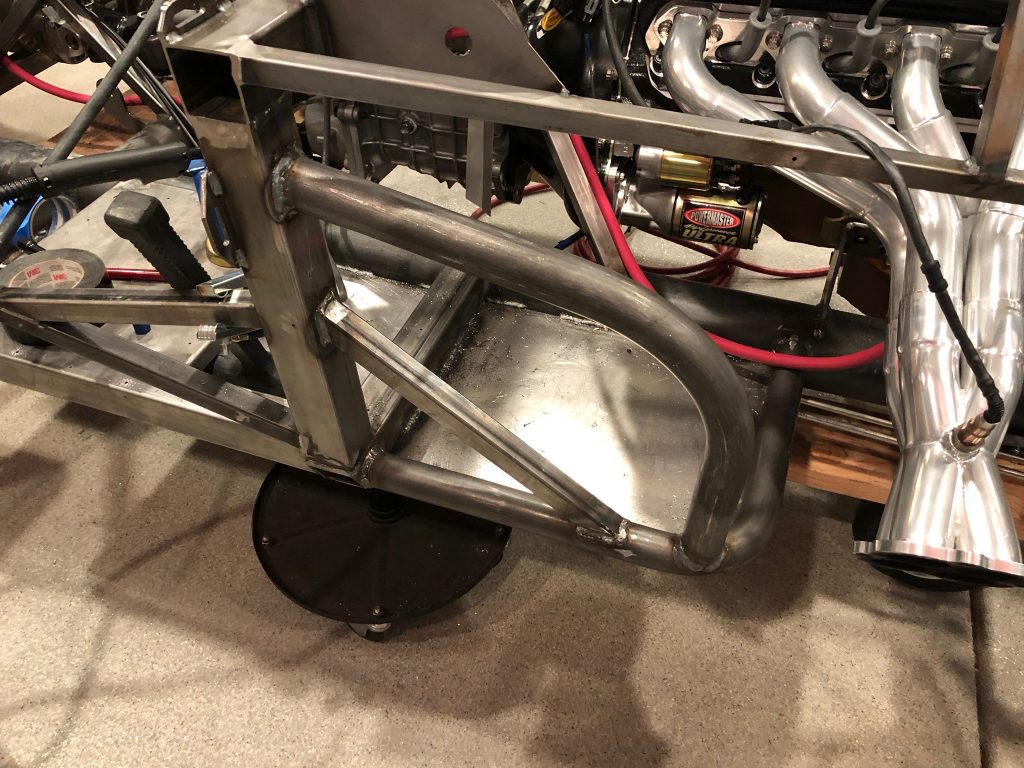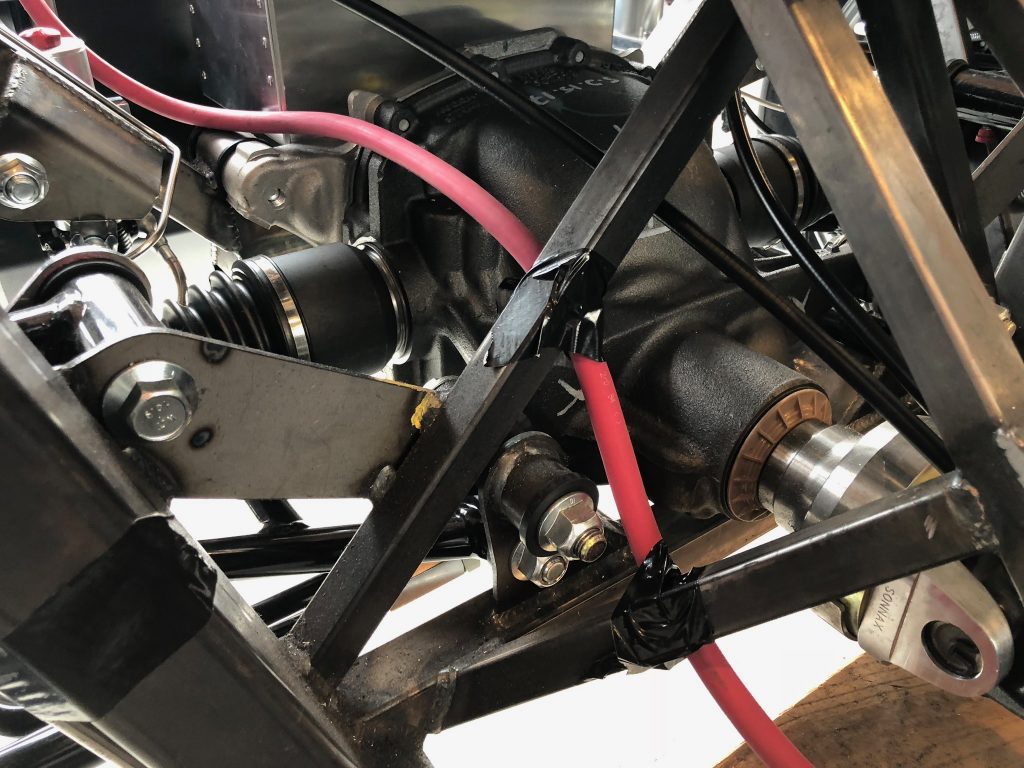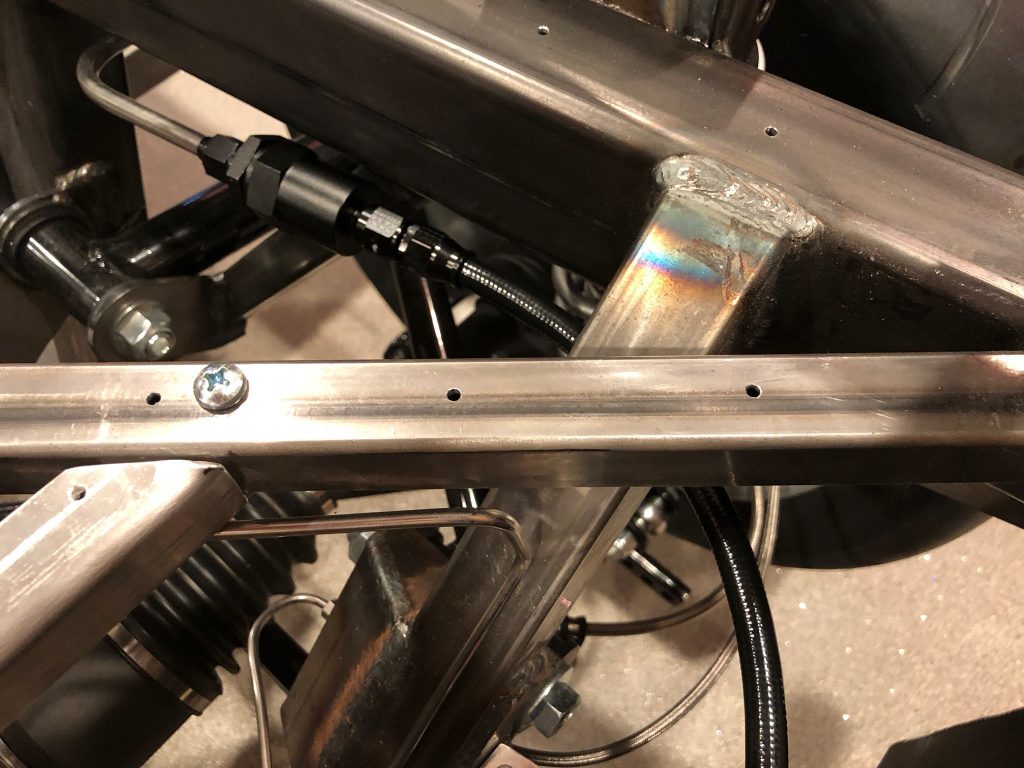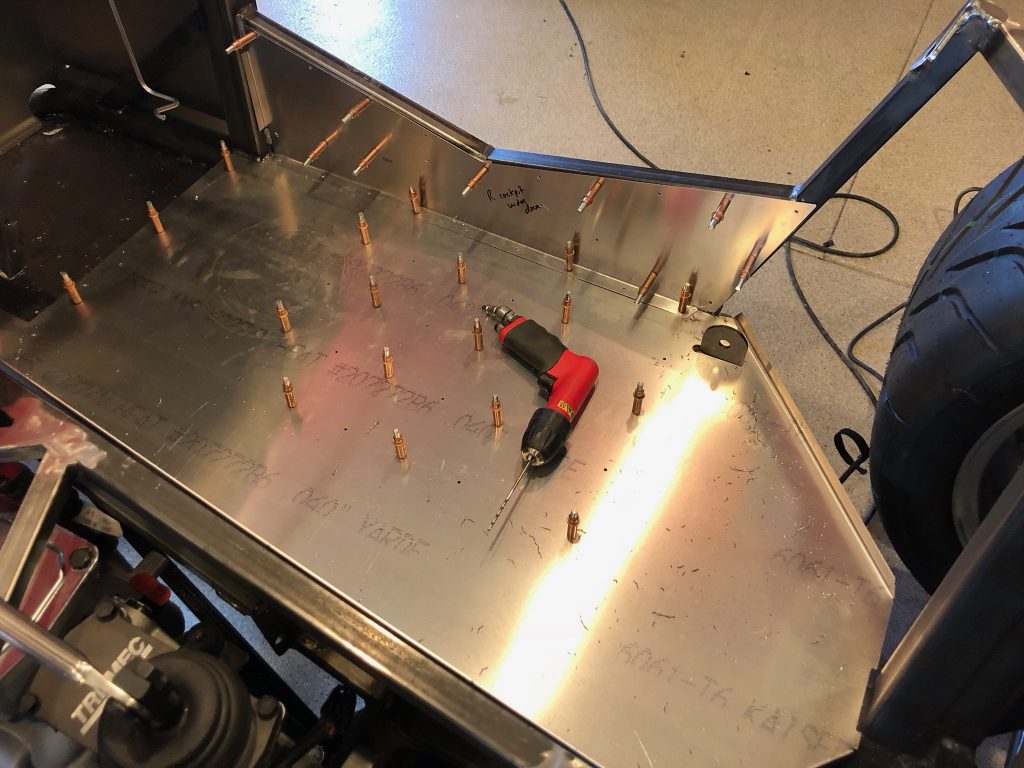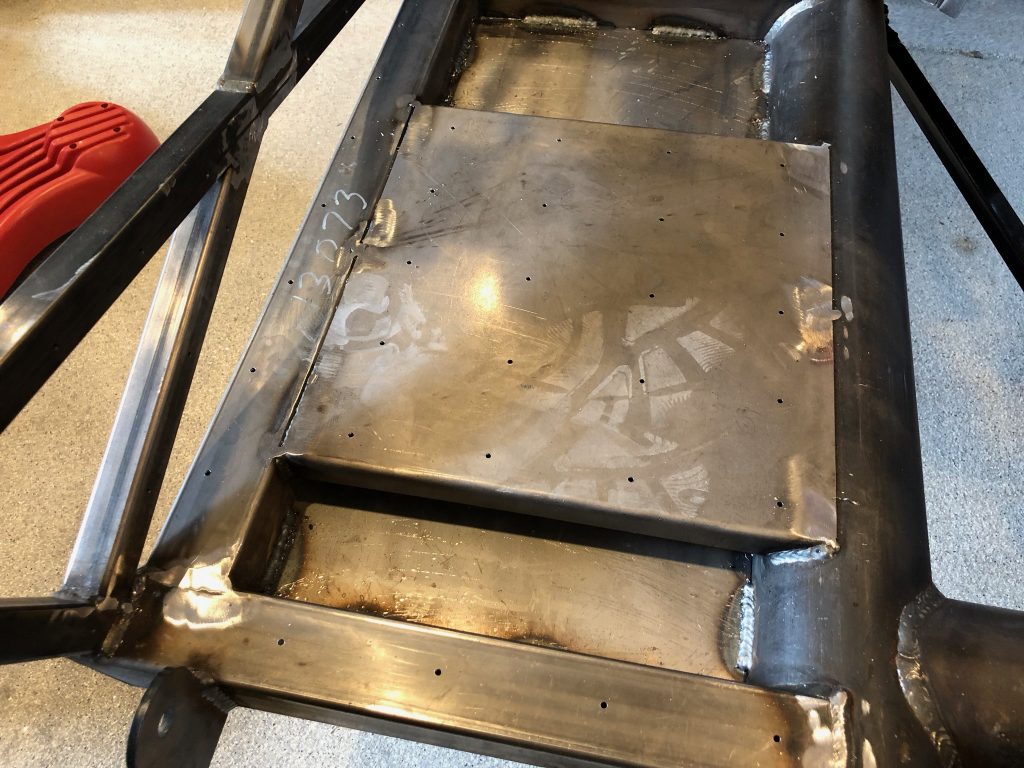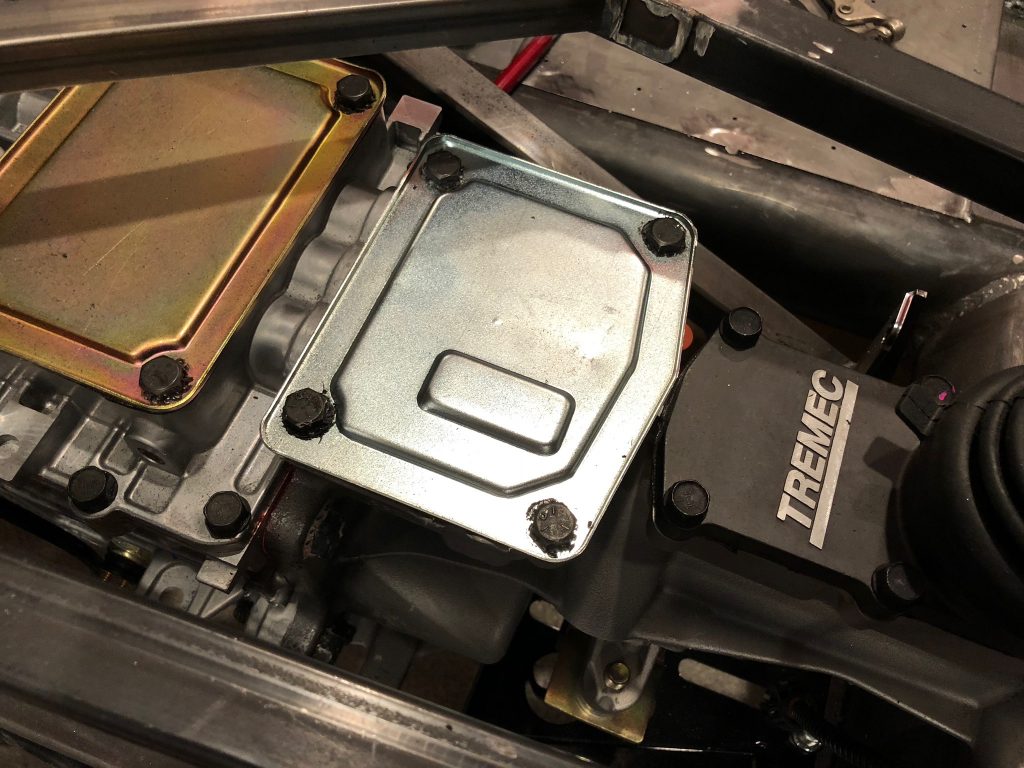I’ve been working on our electrical system configuration for weeks now and we’re finally happy with the plan. We’re installing the following items from InfinityBox:
- InfinityWire 20-circuit Wiring Harness
- inDASH MAX Dash Lighting Module
- inLINK RF Control Module
- inRESERVE Active Battery Monitoring
This will let us control the following electrical circuits in the car:
Front
- High-beam headlights
- Low-beam headlights
- Parking lights
- Turn signals
- Hazard lights
- Ignition
- Starter
- Heater
- Horn
- Radiator fan
- Electric Power Steering
Back
- Brake lights
- Parking lights
- Turn signals
- Hazard lights
- Seat heaters
- Stereo
- Interior lights
- Trunk light
- inRESERVE solenoid

